A new chemical analysis challenges the long-held belief that the remarkable fossil preservation in China’s Yixian Formation was caused by cataclysmic volcanic events. While Yixian is often dubbed the ‘Chinese Pompeii’, the new findings point to rapid, but non-catastrophic, forces being behind the preservation of fauna in the region.
‘These animals show no signs of any direct association with the processes involved with the volcanic deposits,’ says Paul Olsen, a palaeontologist from Columbia University, US.
Located in northeast China, the Yixian Formation contains numerous stunningly well-preserved fossils from the early Cretaceous period. ‘The fossil preservation there is magnificent,’ says Jordan Mallon, a palaeobiologist at the Canadian Museum of Nature who was not involved in the work. ‘In some parts of the rock formation, you find flattened fossils preserving the finest details of the original soft tissue anatomy, like feathers, and in others, the fossils are articulated and preserved in three dimensions.’
How these two types of fossils relate to each other, their ages and their mechanism of preservation have long been debated. Until now, the dominant theory relied on a series of violent volcanic events.
When determining the ages of rock samples that contain volcanic debris, one of the best techniques is uranium–lead dating of tiny zircon crystals found in the material. ‘Zircon contains uranium, so when these minerals start to crystallise in a magma chamber deep in the earth, they will actually incorporate uranium in the crystal structure and the great thing about that uranium is that it decays to lead at a rate that that that we’ve constrained well,’ explains Scott MacLennan, a geoscientist at the University of the Witwatersrand, South Africa.
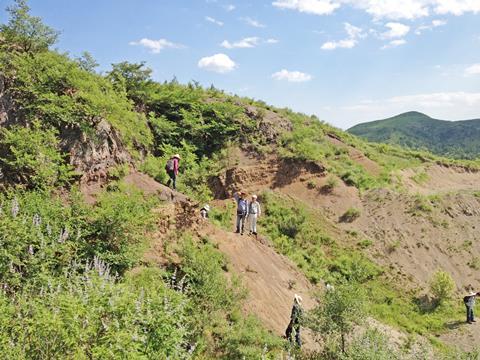
Using this technique to date drill core and outcrop samples, the international team of researchers found that the Yixian Formation accumulated over a period of less than 93,000 years. ‘That was a bit of a revelation because it was much faster than most studies had thought, much faster by orders of magnitude,’ notes Olsen. ‘Of course, to our everyday life that seems like a long time, but geologically it’s an eye blink.’ Most of the fossils date back to three distinct time periods during which the climate was particularly wet.
According to Olsen, the preservation style seen in the flattened fossils is quite common in deep lakes. ‘The wind moving over the surface of the lake doesn’t mix the water … and doesn’t bring oxygen down,’ he explains. ‘With oxygen being absent at the bottom, there are no large scavengers to disturb the animals that drift down to the bottom.’
The team also used mass spectrometry to determine zircon ages in well-preserved museum specimens originally found in the Yixian Formation. ‘We sampled material very close to the fossils and as far away as we could on the [museum specimens],’ MacLennan explains. ‘If these fossils were actually preserved in volcanic ash flow, then we would expect all the zircon to basically be exactly the same age. What we found actually was a different story. ’
While the ages of some zircons were indicative of nearby volcanic activity, other zircons spanning a range of ages must have come from the surrounding area. ‘Clearly this is not just ash flow from the side of a volcano that’s engulfing the dinosaurs and leading to their death,’ says MacLennan. ‘Rather, it’s a more normal sedimentary environment.’
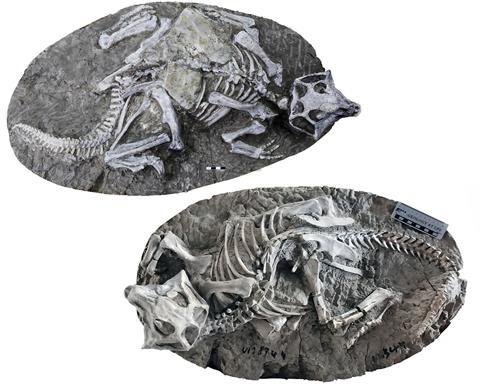
Further evidence is seen in the body positions of the three-dimensional fossils. Olsen explains that when animals are killed by volcanic mud flows, they tend to take on ‘pugilistic positions’, for example clenched fists, balled up bodies and postures that indicate extreme discomfort. ‘Instead, what we see are animals looking like they were asleep,’ he notes. The researchers also point out that the large number of fossils that remained fully intact also makes violent entombment unlikely, as fast-moving mud or lava would have torn them apart.
Rather than being killed by volcanic activity, the researchers believe that many of the animals preserved in the three-dimensional fossils died due to their burrows collapsing. The team concludes that the animals were entombed with their flesh intact, rather than torn apart by predators or burned away. ‘The burrow basically acted like a sieve, keeping out the course material and only the fine material would sift into the interior of the dinosaur,’ Olsen explains. He adds that there are many reasons for why burrows might collapse, including violent struggles with invading predators, earthquakes, water saturation or the impact of larger dinosaurs walking over them.
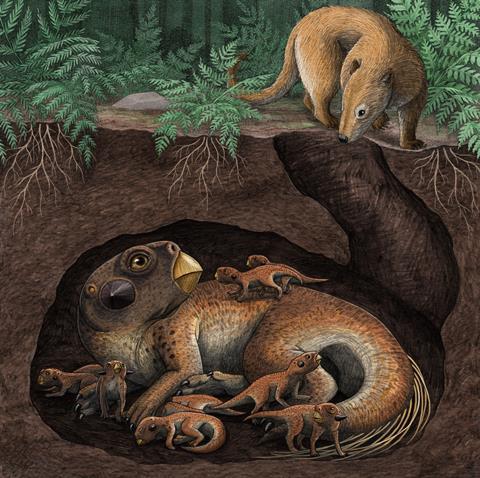
While disproving a prehistoric Chinese Pompeii may seem an anticlimactic research outcome, for MacLennan, it provides hope of finding more fossil collections like the Yixian Formation. ‘The exciting thing is that it’s more mundane. And if it’s more mundane, it means it probably occurs with greater frequency than we thought,’ he says. ‘We need more boots on the ground, and people looking at rocks because it’s not like this is some unique locality that’ll never be discovered again.’
However, Mallon is less hopeful that many other sites like the Yixian Formation will be discovered in the future. ‘It’s certainly possible, but probably not common,’ he says. ‘Regardless of how the fossils … might have been preserved, the circumstances of their preservation – [for example] climate, sediment type, location – were very particular.’
References
S A MacLennan et al, PNAS, 2024, DOI: 10.1073/pnas.2322875121




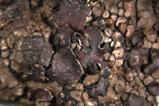
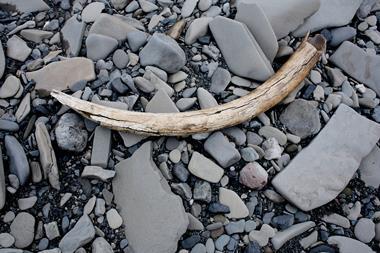
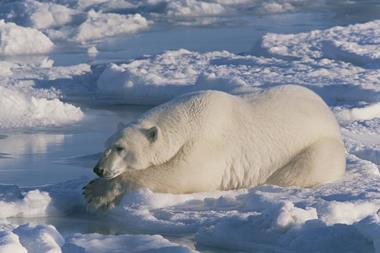
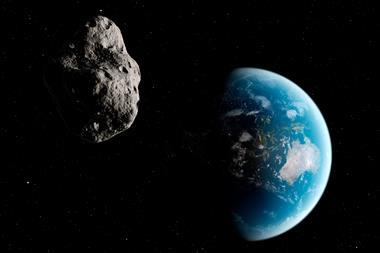
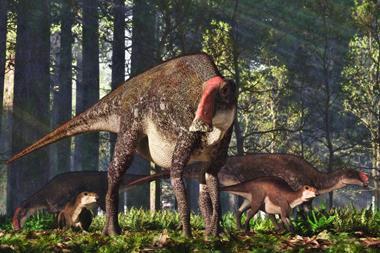
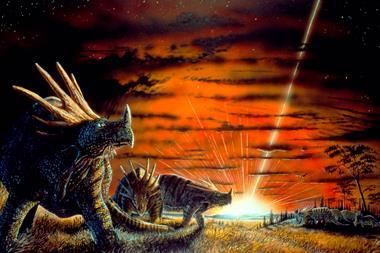







No comments yet